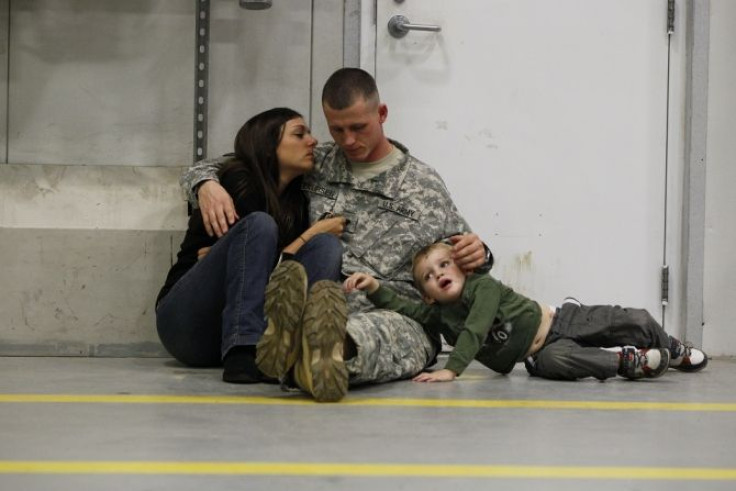Army Suicide Rates Reach New High in July

Thirty-eight soldiers are suspected of committing suicide in July, which was the worst month for suicides since the Army first started releasing monthly figures in 2009, Pentagon officials report.
Authorities said that of the total 38 suicide cases, 26 were among active-duty soldiers and 12 were among National Guard or Reserve members who were not serving in uniform at the time of their deaths, and that all cases have either been confirmed or are suspected.
So far, the Army has confirmed 66 active-duty suicides and is still investigating 50 more, for a total of 116 cases in 2012. In 2011 there were 165 confirmed active-duty suicides.
The number of Army suicides in July was twice the number of troops killed in Afghanistan this month, and if soldiers continue to take their lives at the current rate, the Army will lose about 200 active-duty troops in 2012, a figure significantly higher than any year in the past decade.
“Suicide is the toughest enemy I have faced in my 37 years in the Army,” Gen. Lloyd J. Austin III said in a written statement. “That said, I do believe suicide is preventable.”
Suicide rates in other military services aren't looking much better with both Marine Corps and Coast Guard suicide rates already above those reported in 2011.
While it is generally believed that younger soldiers are the most vulnerable suicide population, a disturbing new pattern has emerged this year, with more suicides among older soldiers than among younger GIs.
For the first time, there were more suicides among higher ranking soldiers than lower ranking soldiers with 54 suicides among enlisted soldiers ranked sergeant or higher and 46 among junior enlisted soldiers in 2012.
The new trend of more veteran soldiers taking their lives may have emerged because many of whom have been deploying regularly since the beginning of the wars in Iraq and Afghanistan are now struggling to reintegrate into civilian life.
“Issues like minor depression, anxiety and sleep disturbances…begin to surface after a service member has been home for more than a year, and start to reintegrate with their family,” Bruce Shahbaz, a medical analyst with the Army’s Suicide Prevention Task Force told Time. “I liken it to a pot that’s on simmer….”
Non-profit organization Tragedy Assistance Program for Survivors estimates that each death personally affects 10 people, and it reported that eight to 10 people grieve for a service member who died by suicide seek its services each week.
"We are deeply saddened by these numbers, and renew our commitment to support the families left behind who are grieving the death of soldiers by suicide," the organization said in a statement.
"To combat [suicide] effectively will require sophisticated solutions aimed at helping individuals to build resiliency and strengthen their life coping skills," Austin said.
"As we prepare for Suicide Prevention Month in September we also recognize that we must continue to address the stigma associated with behavioral health. Ultimately, we want the mindset across our force and society at large to be that behavioral health is a routine part of what we do and who we are as we strive to maintain our own physical and mental wellness,” he concluded.



























